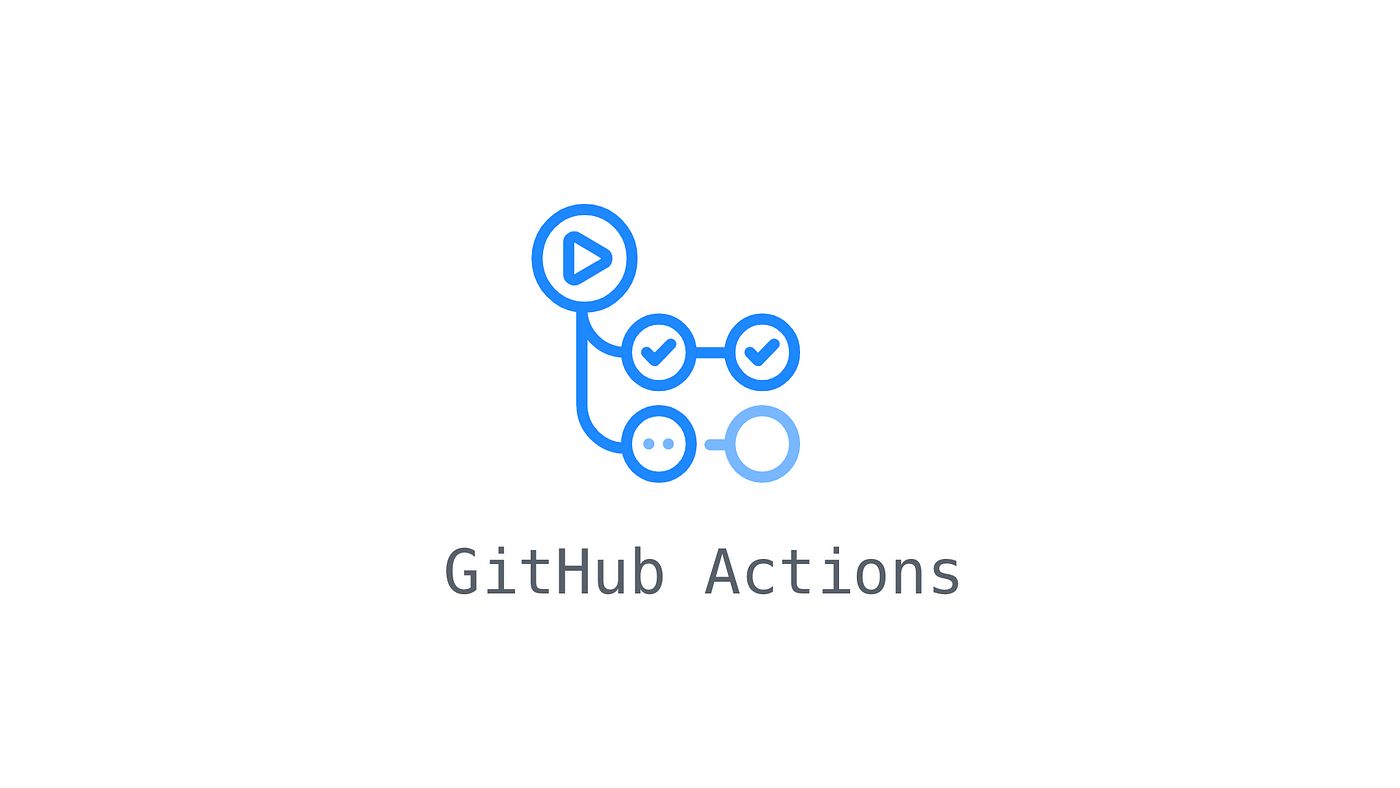
GitHub Actions revolutionizes how developers automate workflows directly within their GitHub repositories. Imagine having a powerful tool at your fingertips that streamlines the process of software development, from code integration to deployment, all while nestled comfortably in the GitHub environment you're already familiar with. This feature empowers developers to create, test, and deploy their code through customizable workflows. With GitHub Actions, the possibilities are vast, ranging from automating routine tasks to complex CI/CD pipelines. Whether you're a seasoned developer or just starting, understanding these 20 facts about GitHub Actions will significantly enhance your coding efficiency and project management skills. Let's dive into the world of GitHub Actions, where every push and pull request can trigger automated processes, making your development workflow smoother and more productive.
What Are GitHub Actions?
GitHub Actions is a powerful automation tool that enables developers to automate workflows directly from their GitHub repositories. With this feature, users can automate processes such as testing code, deploying applications, and much more, all without leaving GitHub's ecosystem. This seamless integration simplifies the development process, making it more efficient and error-free.
How Do GitHub Actions Work?
At its core, GitHub Actions uses events within a GitHub repository to trigger workflows. These workflows are defined by a YAML file in the repository, specifying the steps to be executed when the specified event occurs. This could range from pushing new code to the repository, creating a pull request, or even tagging a release. The flexibility and power of GitHub Actions come from this event-driven approach, allowing for a wide range of automation possibilities.
Key Features of GitHub Actions
-
Custom Workflows: Users can create custom workflows to build, test, and deploy their code. This customization is one of GitHub Actions' most powerful features, enabling developers to tailor automation to their specific project needs.
-
Hosted Runners: GitHub provides hosted runners for Linux, Windows, and macOS, allowing workflows to run in clean, virtual environments. Users can also host their own runners for more control over the environment and workflows.
-
Matrix Builds: This feature allows developers to test their application across multiple versions of a language or environment simultaneously. It significantly reduces the time required for comprehensive testing.
-
Marketplace Integration: GitHub Actions integrates with the GitHub Marketplace, where users can find pre-built actions to use in their workflows, streamlining the setup process and enhancing functionality.
Benefits of Using GitHub Actions
-
Increased Efficiency: Automating workflows with GitHub Actions can significantly reduce manual effort and lead to faster development cycles.
-
Improved Consistency: By automating tasks, developers can ensure that every step of the process is executed the same way every time, reducing errors and inconsistencies.
-
Enhanced Collaboration: GitHub Actions makes it easier for teams to collaborate on projects by automating routine tasks, allowing team members to focus on more complex problems.
-
Cost-Effective: For public repositories, GitHub Actions is free, and for private repositories, it offers a generous amount of free minutes, making it a cost-effective solution for automation.
Examples of GitHub Actions in Use
-
Continuous Integration/Continuous Deployment (CI/CD): One of the most common uses of GitHub Actions is to automate the CI/CD pipeline, ensuring that every code commit is automatically built, tested, and deployed.
-
Automating Project Management Tasks: GitHub Actions can automate project management tasks, such as moving issues and pull requests based on specific criteria or labeling them automatically.
-
Security and Compliance Workflows: Automating security scans and compliance checks can help maintain high security and compliance standards without manual intervention.
Advanced Features of GitHub Actions
-
Secrets Management: GitHub Actions allows for secure storage of secrets, such as API keys and passwords, which can be accessed by workflows without exposing them in the repository.
-
Dependency Caching: Workflows can cache dependencies to speed up build times, making subsequent runs faster and more efficient.
-
Manual Triggers: Beyond automated event triggers, workflows can be manually triggered, offering flexibility for ad-hoc tasks and operations.
-
Scheduled Workflows: Workflows can be scheduled to run at specific times, enabling tasks like nightly builds or regular maintenance jobs.
Limitations and Considerations
-
Learning Curve: While GitHub Actions is powerful, new users may find it challenging to set up and configure complex workflows.
-
Execution Time Limits: Workflows have execution time limits, which can be a constraint for long-running tasks.
-
Resource Limits: There are limits on the resources available to workflows, such as CPU and memory, which might affect large or resource-intensive tasks.
-
Security Implications: Incorrectly configured workflows or the use of third-party actions without proper vetting can introduce security risks.
-
Cost for Private Repositories: While GitHub Actions offers free minutes, extensive use in private repositories may lead to additional costs.
A Final Glance at GitHub Actions
GitHub Actions have truly transformed how developers automate workflows, making it easier than ever to integrate and deploy code. With its ability to streamline processes, from code integration to deployment, GitHub Actions empowers developers to focus more on coding and less on the logistics. Its versatility in supporting various programming languages and operating systems ensures that it fits seamlessly into any developer's toolkit. Moreover, the integration with GitHub's ecosystem allows for a smoother workflow, making it a go-to tool for developers aiming for efficiency and productivity. As we've seen, the power of GitHub Actions lies not just in automating tasks but in its potential to revolutionize the way developers approach building and deploying software. Embracing GitHub Actions means stepping into a world where the possibilities are as limitless as your creativity.
Was this page helpful?
Our commitment to delivering trustworthy and engaging content is at the heart of what we do. Each fact on our site is contributed by real users like you, bringing a wealth of diverse insights and information. To ensure the highest standards of accuracy and reliability, our dedicated editors meticulously review each submission. This process guarantees that the facts we share are not only fascinating but also credible. Trust in our commitment to quality and authenticity as you explore and learn with us.


